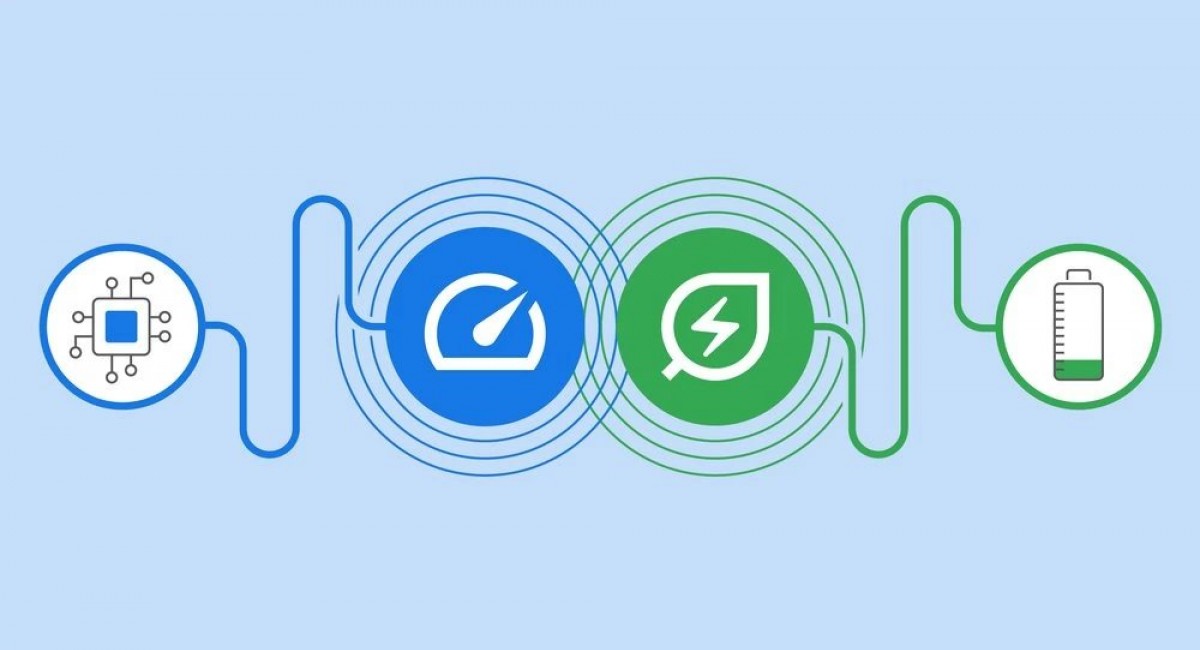SEARCH
Google rolls out Memory and Energy Saver features on Chrome browser

SHARE IT
The Memory and Energy Saver features that Google announced for the Chrome browser on Mac, Windows, Linux and Chromebooks last December have now started rolling out worldwide with Chrome 110.
Both are enabled by default and can be turned off (or on) through Chrome's general settings and Performance section (you'll find it in the sidebar), but those who don't see them can manually enable them through the flags below:
chrome://flags/#battery-saver-mode-available
chrome://flags/#high-efficiency-mode-available
Thanks to the Memory Saver mode, the RAM memory consumed by open but inactive tabs is automatically released, so that the memory can be used either in other active tabs or in computer applications. Inactive tabs will remain visible on top of the Chrome browser and will reload immediately once the user selects them. The address bar will also display a notification message indicating that the tab is active again, and a window showing the percentage of memory saved while the tab was inactive. The user will be able to select web pages that will be exempt from this rule and according to Google, the total memory savings can exceed 30%.
In terms of Energy Saver, the Chrome browser will significantly reduce background tab activity and visual effects such as animations and smooth scrolling, and will also reduce the number of frames in videos. Users may notice some issues when playing videos or web-based games, so they will be able to disable Energy Saver directly by tapping on the sheet icon to the right of the address bar.
MORE NEWS FOR YOU

 Help & Support
Help & Support 

